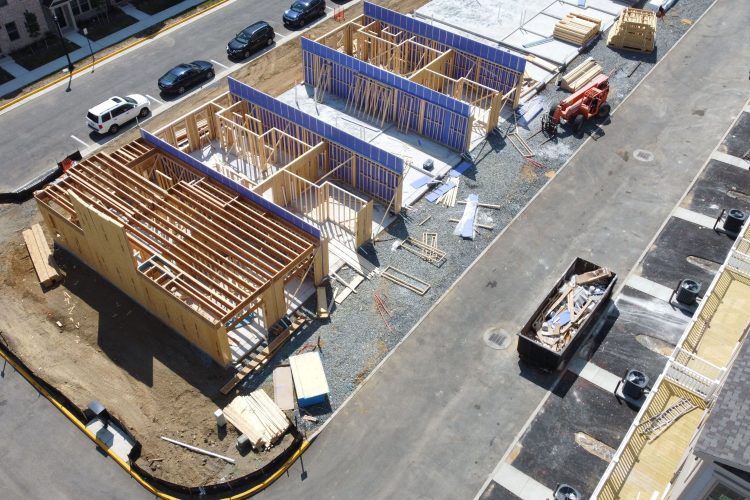Tariffs on building materials such as lumber and steel and subsequent rising construction costs could keep homebuyers out of the market—but renters could feel the impact, too, should prices keep builders from building.
The latest rental market report from Realtor.com® offers some good news for renters, however: U.S. median rent prices on zero- to two-bedroom properties have declined two years straight as of July 2025.
The median asking rent in the 50 largest U.S. metro areas was $1,712—up by only $1 from the previous month. The report attributes this slight uptick to seasonality, noting consistent slower rent growth over the past few months and year-over-year price declines.
In those 50 metro areas, median asking rents declined year-over-year in the majority of them, excluding Kansas City, Missouri (which reported a 3.2% increase); Pittsburgh, Pennsylvania (2.3% increase); San Jose, California (0.9% increase); and Washington, D.C. (0.6% increase). The New York City and Newark, New Jersey, metro area reported no change in median asking rents, while Buffalo and Rochester, New York, and Hartford, Connecticut, data was not found in the report.
That said, median rent is only $48 (2.7%) lower than its previous peak in August 2022, whereas it is $268 (18.6%) higher than pre-pandemic levels. This is still lower, though, than Realtor.com’s 52.3% increase in price per square footage of homes from 2019 to 2025.
Indeed, the six-year changes in median asking rent prices across the 50 metro areas were by and large double-digit increases. For instance, Indianapolis, Indiana, reported a 2.9% median drop from 2024 to 2025, but a 30.6% increase from 2019 to 2025. The one exception is San Francisco, California, which reported a 6% drop in median asking rent from 2019 to 2025.
The report also suggests that ongoing price relief may not last forever.
“Rents have now declined for two full years, giving renters more leverage and financial breathing room than they’ve had in some time,” said Realtor.com Chief Economist Danielle Hale. “But there are early signs that relief may not last forever. Developers are pulling back in key markets, and construction headwinds—especially tariffs on steel, lumber and aluminum—could create a shortfall in new rental supply down the line.”
As of June 2025, multifamily construction completions are down more than 38% year-over-year—650,000 units to 406,000, a decline greater than Realtor.com had expected. This decline can be attributed not only to tariffs and construction costs, but also shrinking profit margins from declining rents.
There were annual drops in multifamily construction completions across all four major U.S. census regions. The Midwest (55.7%) saw the sharpest decline, followed by the South (33.5%), Northeast (33%) and the West (28.9%).
Furthermore, in Q2 2025, building permits were down in some large metro areas compared to Q1, such as Orlando, Florida (54.9%); Charlotte, North Carolina (54.8%); Philadelphia, Pennsylvania (28.1%); and San Antonio, Texas (27.3%), suggesting that multifamily developers are in the process of pulling back at least in these regions.
“Today’s renter-friendly market could give way to a tighter, more competitive landscape,” forecasted Hale about the construction downturn’s effects.
For the full report, click here.












